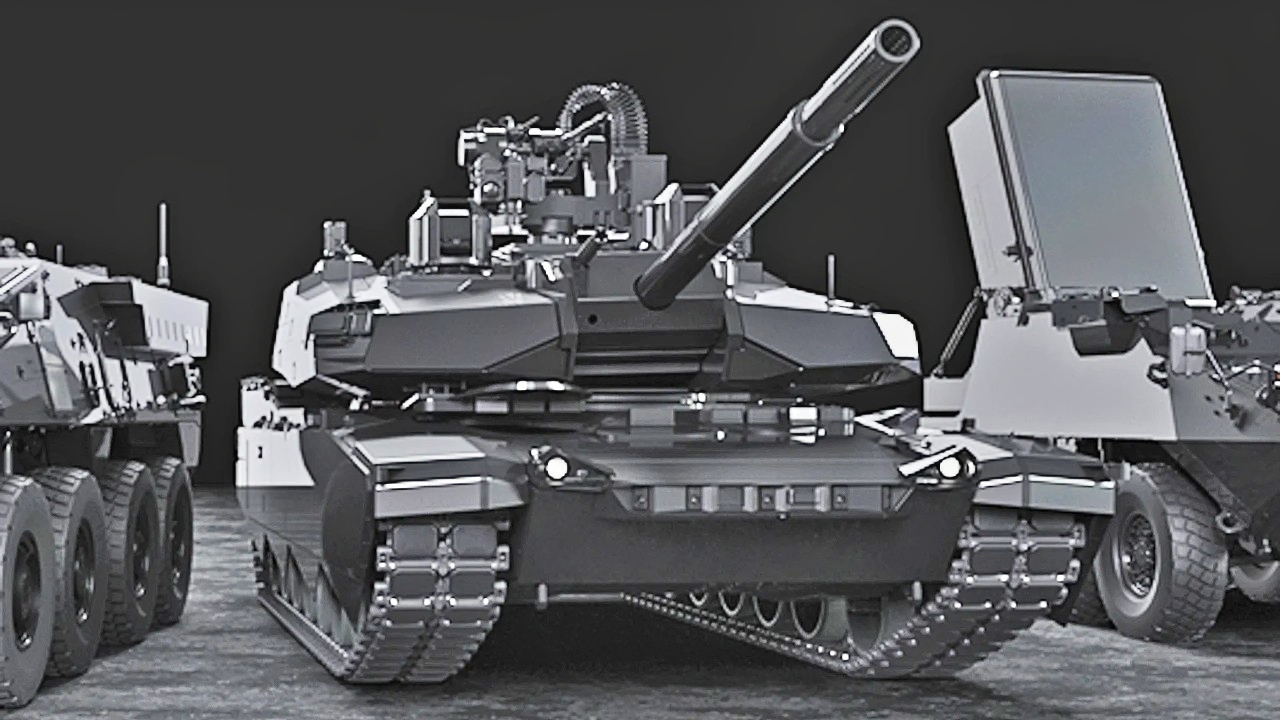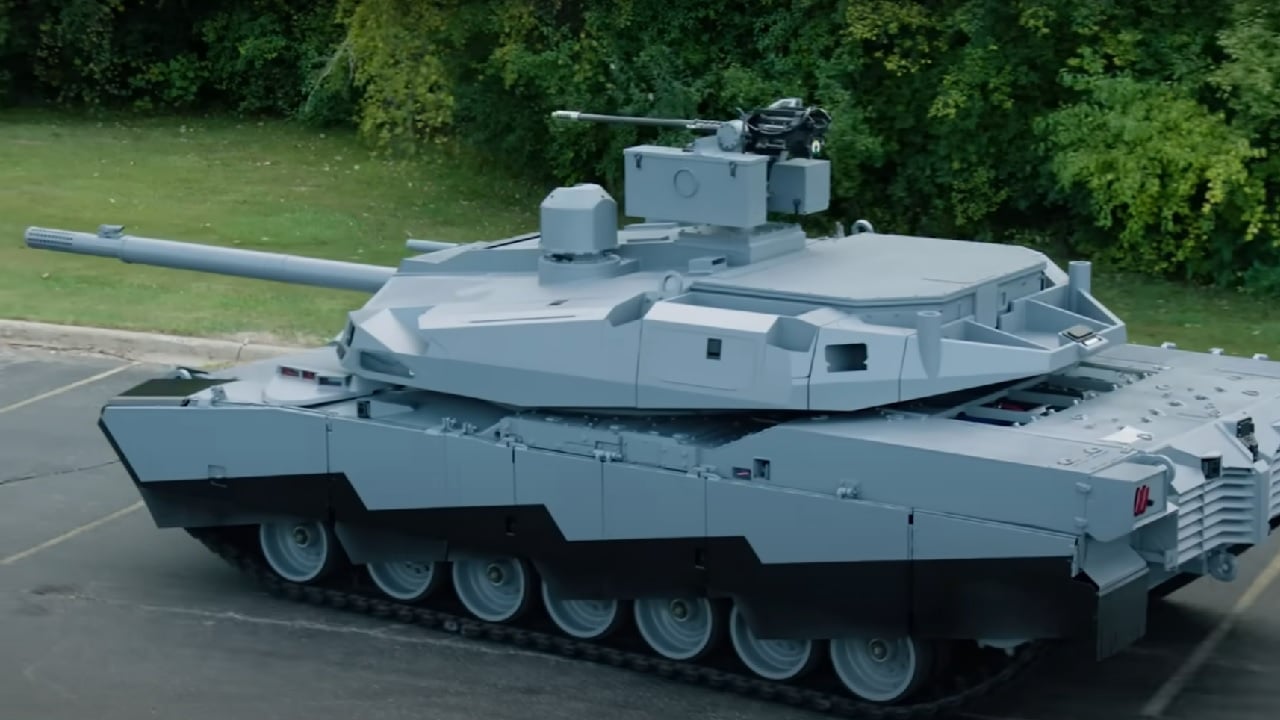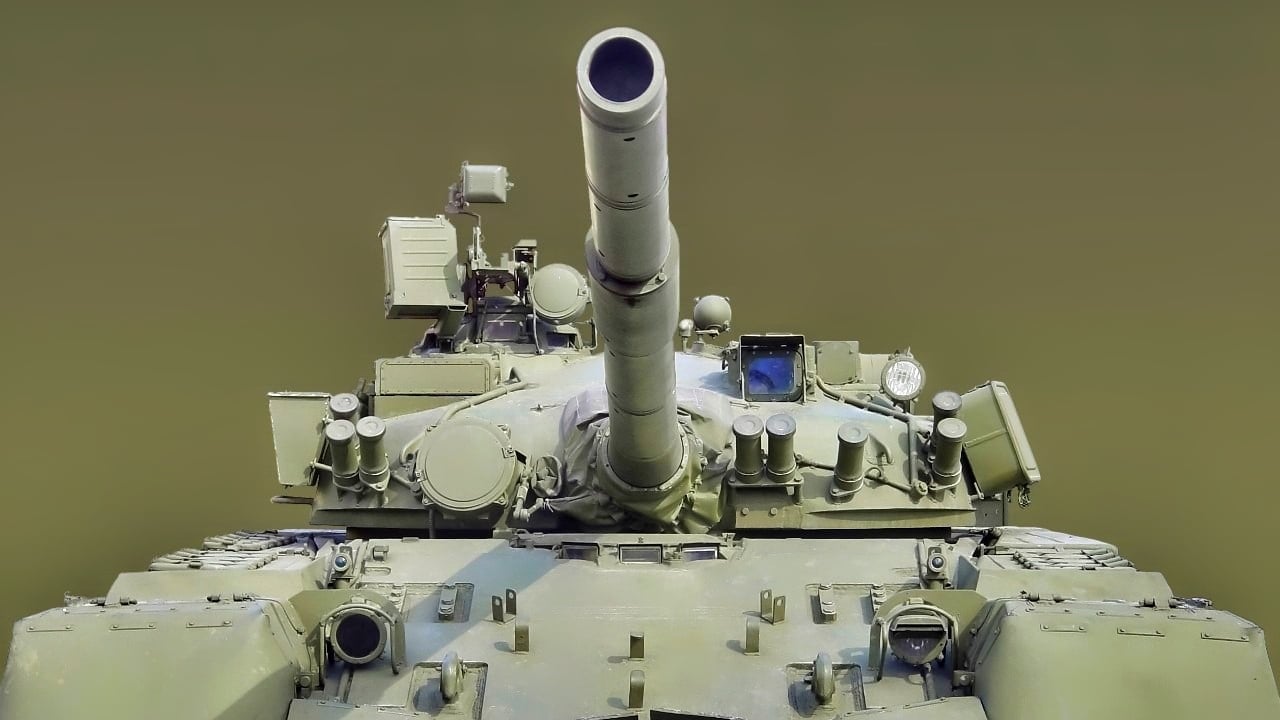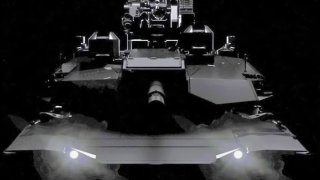How Tanks Could Change in Warfare Explained in 2 Words
Despite advanced anti-tank systems and drone technology redefining modern combat, the tank remains relevant on the battlefield. The Ukraine conflict has revealed the limitations of investing in expensive, high-tech main battle tanks (MBTs) like Russia's T-14 Armata or America’s AbramsX, as cheaper, older tanks are often more resilient and cost-effective in high-intensity conflict zones.
The Age of 'Cheap Tanks'?: Despite advanced anti-tank systems and drone technology redefining modern combat, the tank remains relevant on the battlefield. The Ukraine conflict has revealed the limitations of investing in expensive, high-tech main battle tanks (MBTs) like Russia's T-14 Armata or America’s AbramsX, as cheaper, older tanks are often more resilient and cost-effective in high-intensity conflict zones.

-Russia and Ukraine’s use of older Soviet-era tanks like the T-72 and T-64 highlights their durability and ease of repair.
-Going forward, militaries may benefit more from enhancing and maintaining existing tank fleets against evolving threats rather than prioritizing costly, complex new models.
The Age of the Tank Might Not Be Over. But It Has Changed Forever
Buzzing around the skies of Ukraine’s chaotic, bloody, muddy battlefields are swarms of drones (and now, the Russians are deploying ground drones). These frightening, hard-to-track battle bots strike with a ferocity that greatly outstrips their tiny size.
Indeed, they have defined the Ukraine War and have redefined the way we outsiders to the conflict between Russia and Ukraine view warfare more generally. That’s because the drones have not only been used to annihilate soldiers belonging to the other side, but they have been used with great effect against enemy armor.
The Age of the Tank is Still Here
Throw in things like the NATO-provided Javelin anti-tank missiles (as well as the system that the Russians are using against Ukraine), and many have begun questioning whether the age of tanks is over. We’ve certainly heard this conversation before. Remember, in the run-up to Desert Storm, many people were questioning whether the tank was even still relevant.
The Battle of 73 Easting is an iconic reminder of how wrong those suppositions were in the 1990s. Afterward, as the American invasions of Afghanistan and Iraq were underway, many rightly pointed out how useless main battle tanks (MBTs) were in those environments.

Still, the world’s militaries persisted in their commitment to what were once wistfully dubbed as “land battleships.” The Russians went hard into Ukraine with a massive force of tanks. Many of which were knocked out, at first by those aforementioned Javelin anti-tank missiles. Then, however, the Ukrainians got creative. They started using increasingly sophisticated—and lethal—drones to damage or outright destroy Russian armor.
As a result, the Russians lost a large number of tanks that they were not planning to. Things were initially so tense for the Russian tank force that Moscow chose to keep their small group of advanced T-14 Armata MBTs in reserve, allowing for their older Soviet-era tanks to take all the risks. Interestingly, those older Soviet-era tanks—notably the T-72 for the Russians and the T-64 for the Ukrainians—have had the best success rate. Even the Russian’s more advanced T-90M MBT has struggled. Dittos for all those fancy NATO-provided tanks the Ukrainians received last year.

So, what are the lessons learned from this experience? Are tanks really—finally—obsolete?
Not quite.
Just Forget About Newer, Complex Tanks
What should be obvious is that newer, more sophisticated tanks might not be worth the time, effort, and money that nations have been putting into them. Whether it be America’s newest version of the Abrams MBT, the AbramsX, or Russia’s massively expensive T-14 Armata, the presence of large numbers of cheap drones as well as anti-tank missiles likely make such expenditures wasteful. Those resources should be redirected to more fruitful endeavors.
Yet, the Russians (and Ukrainians) continue deploying their Soviet-era tanks into the crucible of combat with wanton abandon. That’s because they still have their place. Even with drone swarms and Javelins on hand, Russian tanks are more numerous than Ukrainian tanks are.
The Russians can—and have—used their tanks to bust through concentrated defenses along the Ukrainian frontline.
The fact that Moscow is utilizing their older, cheaper systems means that they have the ability to more reliably (and cheaply) repair those systems when they’re damaged or to replace them outright with little headache.
In the New Age of Tanks: Older (and Cheaper) is Better
Again, the Ukrainians are experiencing this with their older T-64s. The older, the cheaper. The cheaper, the better. That’s because the tanks can still be used—albeit in a more limited fashion. But their loss would not be the event that broke the back of either side’s forces. If, however, the more advanced T-14s were lost in combat (especially to drones or Javelins), that might do significant damage to Russia, if only because of the damage to the prestige of Russia’s military it would do.
What the other great powers of the world should learn is this: MBTs are here to stay. Instead of building increasingly sophisticated—expensive—platforms which are hard to mass produce (unless you have a remarkable defense industrial base as does China), simply maintain your older MBTs. If, at all possible, take those older platforms and harden them against the kinds of unorthodox attacks that drones and anti-tank systems initiate against the MBTs in your arsenal.
About the Author:
Brandon J. Weichert, a National Interest national security analyst, is a former Congressional staffer and geopolitical analyst who is a contributor at The Washington Times, the Asia Times, and The-Pipeline. He is the author of Winning Space: How America Remains a Superpower, Biohacked: China’s Race to Control Life, and The Shadow War: Iran’s Quest for Supremacy. His next book, A Disaster of Our Own Making: How the West Lost Ukraine, is available for purchase wherever books are sold. Weichert can be followed via Twitter @WeTheBrandon.
Image Credit: Creative Commons and/or Shutterstock.


